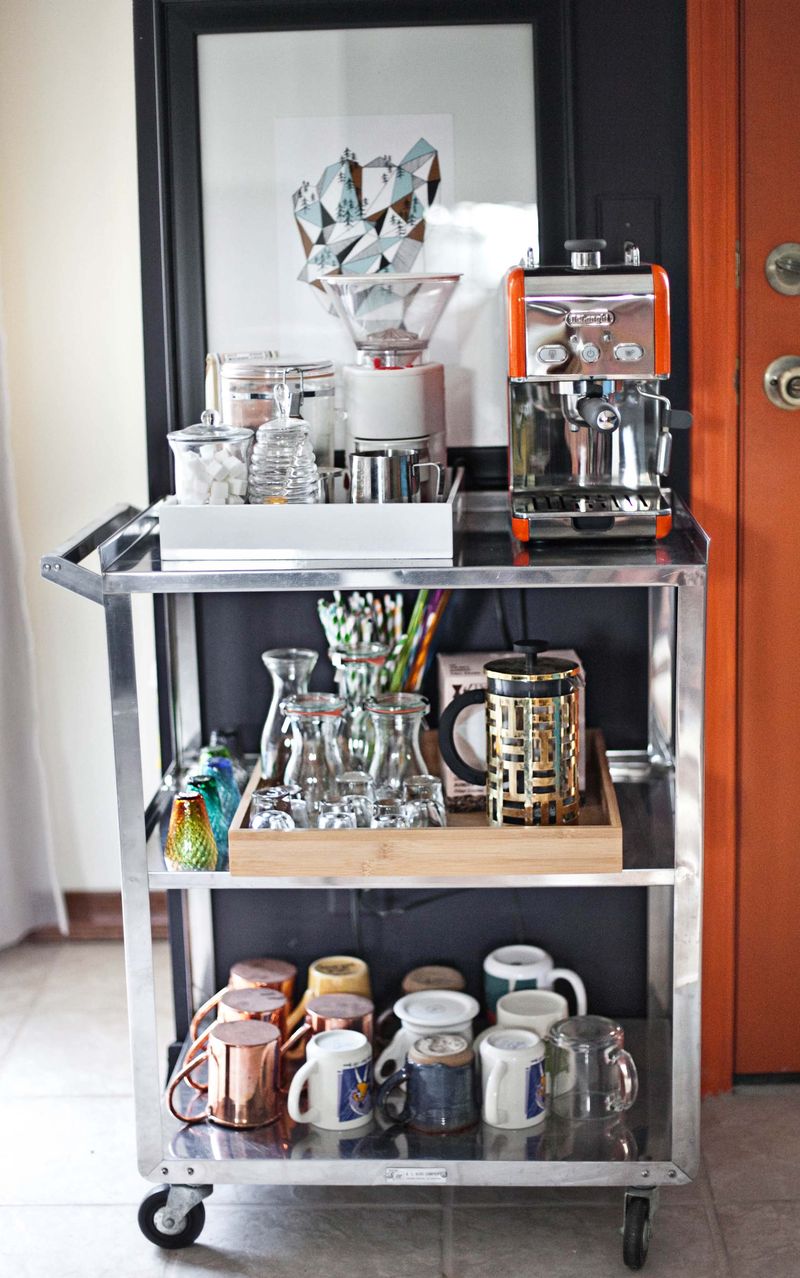Google Home Setup: A Guide to Setting Up Your Nest Device
Table of Content
The app will try to pinpoint your location, but if it’s off in any way, you can hit the pencil icon off to the right and enter in your location manually. Once you’re done, tap on “Set Location” down at the bottom. By tapping on News and then Customize, you can select which news sources you’d like the Google Home to pull from when reading you the news. Whether you’re an NPR junkie, NBC News follower, or Fox News fan, you’ll be able to change the sources at your convenience.

The tutorial consists of nothing more than giving you a few voice commands you can use and shows you how to use them. Hit “Finish Tutorial” on the last screen to exit out of it. If you are offered this tutorial, it’s smart to take the opportunity to learn more! So you finally bought a new A.I. Home assistant, but now that you’ve opened your Google Home or Nest device, you have no idea where to start. Don't rush the process, because it's essential to set up the system correctly.
How to Set Up Your Google Home
Freezes and crashes are unfortunately common in the Google Home app. Sometimes, you try to pair the app with your home system and get no response. Still other times, the Home device you have just connected doesn’t even show up as an icon on your Home app list.
We know it’s frustrating, but with perseverance and patience, you can successfully pull it off when you restart the software. Keep trying again until it works. You'll be surprised with how many things you can do with this device, and we're sure you'll also love the Easter eggs. Have fun using your newly set up smart speaker.
Setting Up Your Google Home Mini or Nest Mini
Before you're ready for this, you have to complete the first part of this process in How to Set Up Google Home. You’ll then be taken to the Google Home’s settings screen . Tapping on the back arrow in the top-left corner will take you to the app’s “Devices” screen where your Google Home will appear in the list. On the next screen, you can choose whether or not you want to get email notifications about the latest news and info about Google Home. Use the toggle switch on the right and then hit “Continue”.

It will play a chime and ask you to download the Google Home app on your phone or tablet. Download the Google Home app from the Apple App Store or Google Play Storeand open the app. Make sure your mobile device is connected to the same Wi-Fi network you'll use for your Google Home Mini or Google Nest Mini.
Troubleshooting tips during setup
Choose "Yes, I'm in" or "No thanks" to continue. Get instant access to breaking news, the hottest reviews, great deals and helpful tips. If you want to set up a different device, you can find the instructions in Set up smart devices in the Google Home app.
On the next screen, you’ll be asked if Google Home can access your personal information, such as your calendar, notes, flight info, and so on. This allows Google Home to provide you with better results with certain voice commands (like asking what’s on your agenda for today). Keep in mind that anyone within speaking range can access this info. Select either “Allow” or “Skip” at the bottom. If you’re already logged in to other Google apps on your phone, your Google account should automatically pop up. If not, you’ll need to sign into your Google account before continuing.
The Google Home app will walk you through the steps to set up your Google Nest or Home speaker or display. Next, you’ll select which music streaming provider you want to use with your Google Home. Obviously, Google Play Music and YouTube Music are options, but you can also link to Spotify or Pandora. Hit “Continue” when you’re done to move onto the next step. If you’re still in the pre-setup stage, you could find that troubleshooting is a significant challenge.
Select the home you've recently created. Choose a Google account to use. If you've just bought one, here are the steps for how to set up your Google Nest Mini. These instructions are also applicable to the first-generation Google Home Mini if that's what you have on hand. Select which account you want to use and hit "OK." Plug in your Google Home Mini or Google Nest Mini.
Share device stats and crash reports with Google by tapping on Yes, I'm in. Otherwise, skip this option by selecting No thanks. Turn on your phone's Bluetooth access. Simply select the Turn on button and choose Allow in the pop-up. Plug the Google Nest Mini using the power adapter and cable it came with.
Google Nest devices are compatible with more than 30,000 smart home products. In the app, tap on Home Control to add a new device. Be sure that these smart home devices are all on the same Wi-Fi network, otherwise, you won’t be able to control them from the Google Home. If necessary, you may also be asked to input your physical address for the device if you have not already done so.
The best part is that it's pretty cheap and is compatible with a lot of other smart home devices on the market. Choosing a location will help keep your devices organized, if you have multiple connected to the Google Home app. If you've already connected a device, this screen will look different. The first screen of the app should automatically detect the Home Mini.

Google Home Mini lets you select between several voices; you can play samples of each and decide on the one you want. When you've chosen one, tap Next. For a limited time, you can play Google Assistant in John Legend's voice. Fortunately, it's pretty straightforward. This wikiHow teaches you how to connect your Google Home Mini to Wi-Fi.
Ensure you’ve completely closed the Home App; if you’ve got an Android phone or device, just swipe the app’s screen from bottom to top. This method for closing out an app is extremely similar to the iOS method. However, on older iOS models, you’ll need to tap the Home button two times and then swipe your applications upwards to close them.

Please log in with your username or email to continue. Craig Lloyd is a smarthome expert with nearly ten years of professional writing experience. His work has been published by iFixit, Lifehacker, Digital Trends, Slashgear, and GottaBeMobile.
Comments
Post a Comment